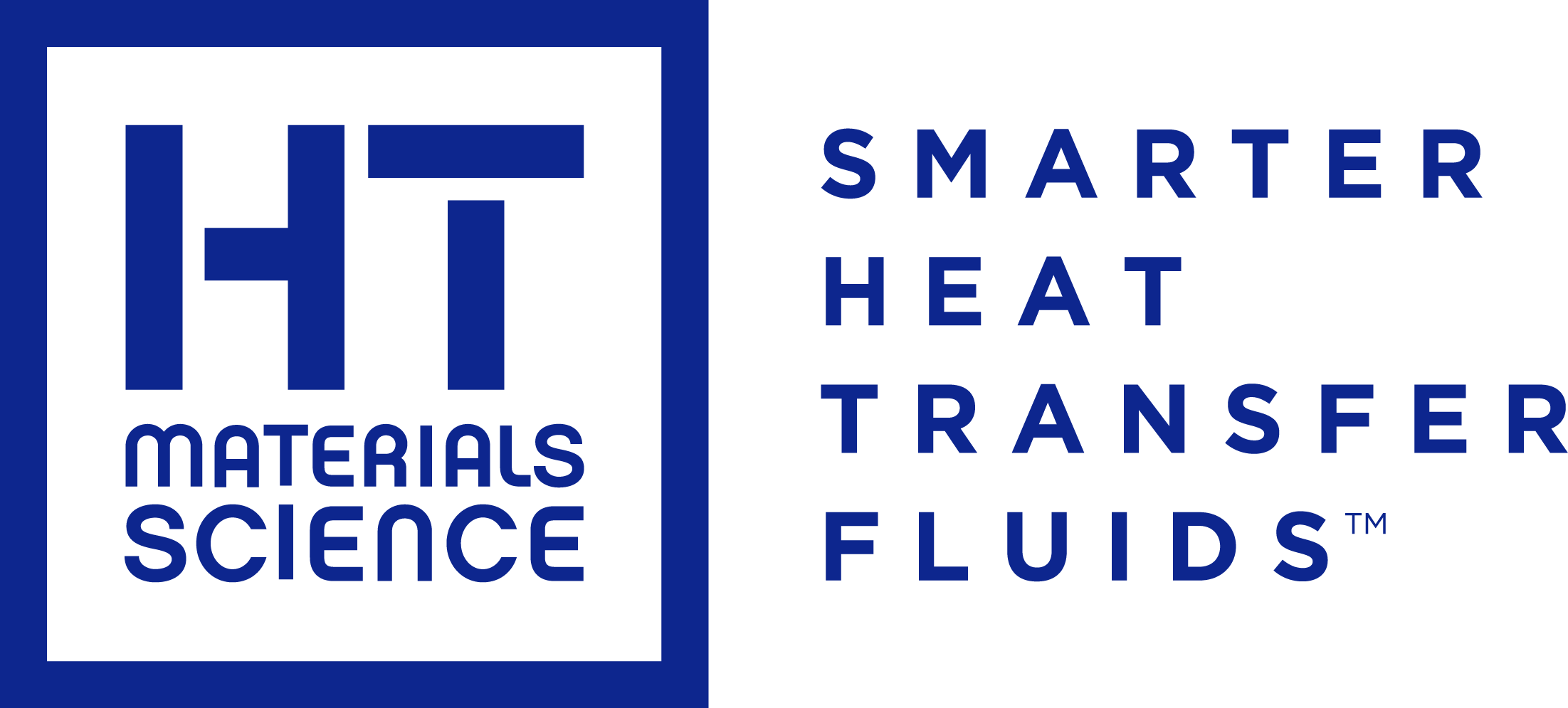Prior to Maxwell®, commercial heat transfer fluids consisted solely of water or water and glycol for its anti-freeze properties. In the Annual Energy Outlook 2022, the U.S. Energy Information Administration (EIA) estimates that in 2021, electricity use for cooling the interior of buildings (space cooling) by the U.S. residential and commercial sectors was about 389 billion kilowatt hours (kWh), which equates to approximately 10% of total U.S. electricity consumption.
Therefore, a simple 10% improvement in the performance of HVAC system efficiency in the U.S. alone, would result in savings of 39 billion kWh of electricity annually. Maxwell® increases energy savings in HVAC systems by 15% or more, thus offering tremendous energy and cost saving potential.
Applications
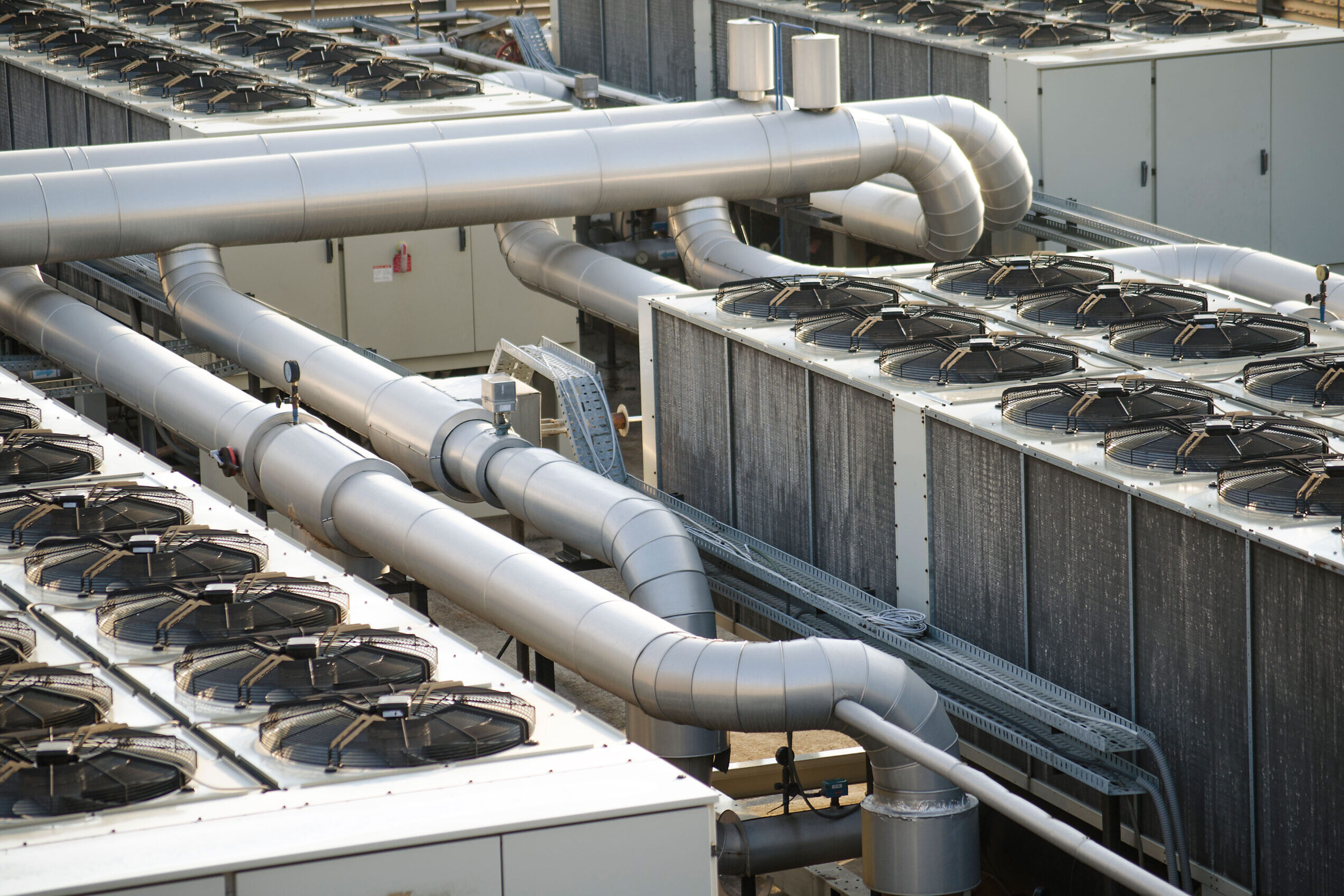
Chillers
Maxwell® typically increases heat transfer in the chiller evaporator by 12.5 % to 15%, reducing compressor lift (work) and electrical energy consumption.
Read More
Maxwell® can also be used in a closed condenser circuit with a closed cooling tower, which provides for a similar increase in efficiency on the other half of the chiller’s refrigerant cycle. The initial investment in a heat transfer fluid for a water-based HVAC system is insignificant compared to the cost of chillers, pumps, piping and other system components. However, an HVAC system’s performance, longevity, and long-term maintenance costs can be significantly affected by the heat transfer fluid that is used. For air or water-cooled chiller systems, Maxwell® performance increase will result in more efficient equipment selection, reduced equipment room (MER) size, electrical service sizing and more.
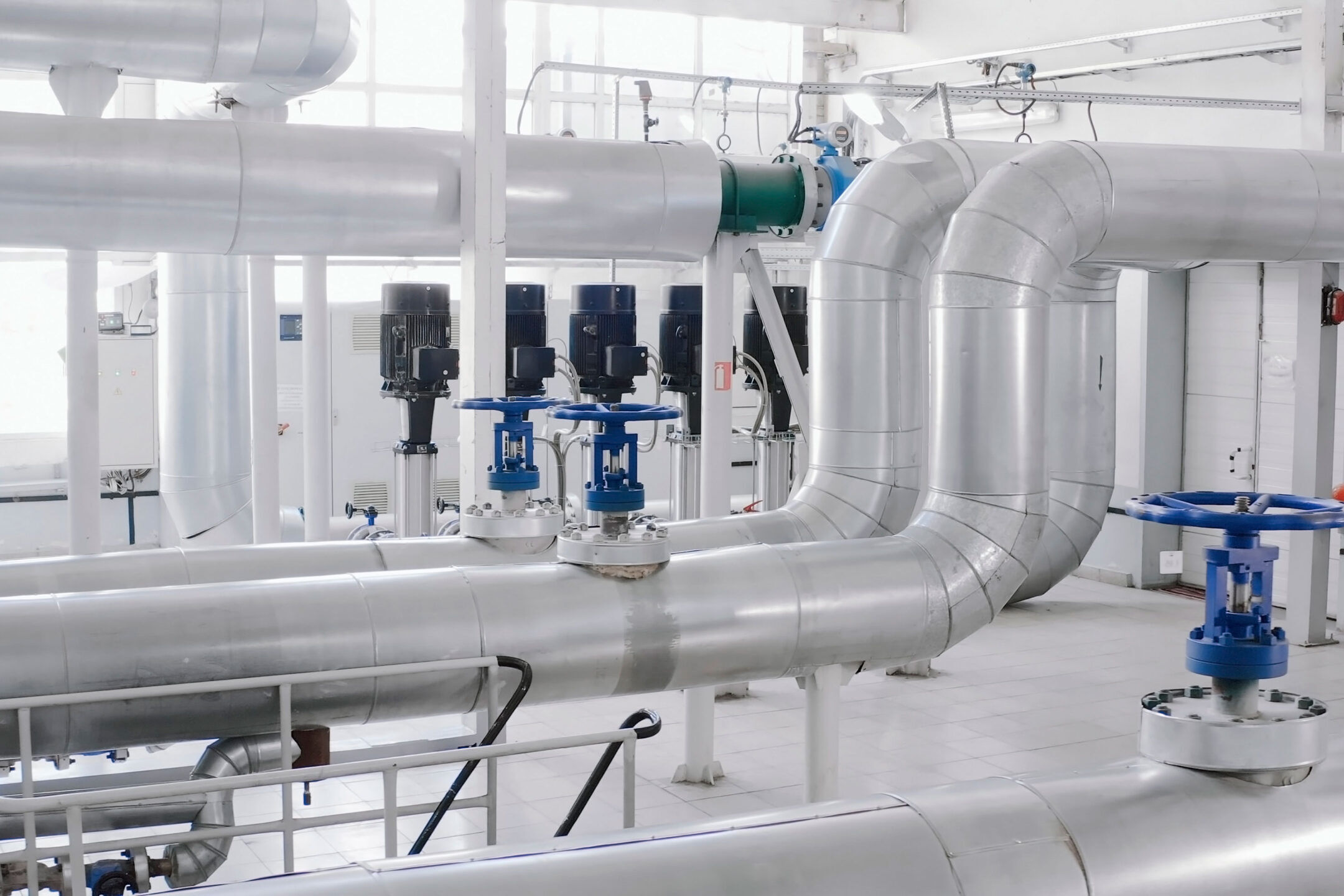
Heat Pumps
Maxwell® increases the heat transfer from the outside air or condenser fluid to the system fluid through the heat exchanger. This increase in heat transfer reduces compressor lift by 12.5 % to 15%.
Read More
In colder climates, many HVAC systems add glycol to the base fluid for freeze protection, which has the affect of reducing the thermal energy transfer which is referred to as the “glycol penalty”. Maxwell®, by increasing the thermal energy transfer, will substantially offset this “glycol penalty” in existing buildings.
Additionally, when Maxwell® is implemented during the design phase of new buildings, it can materially reduce the size of HVAC equipment, again reducing costs.
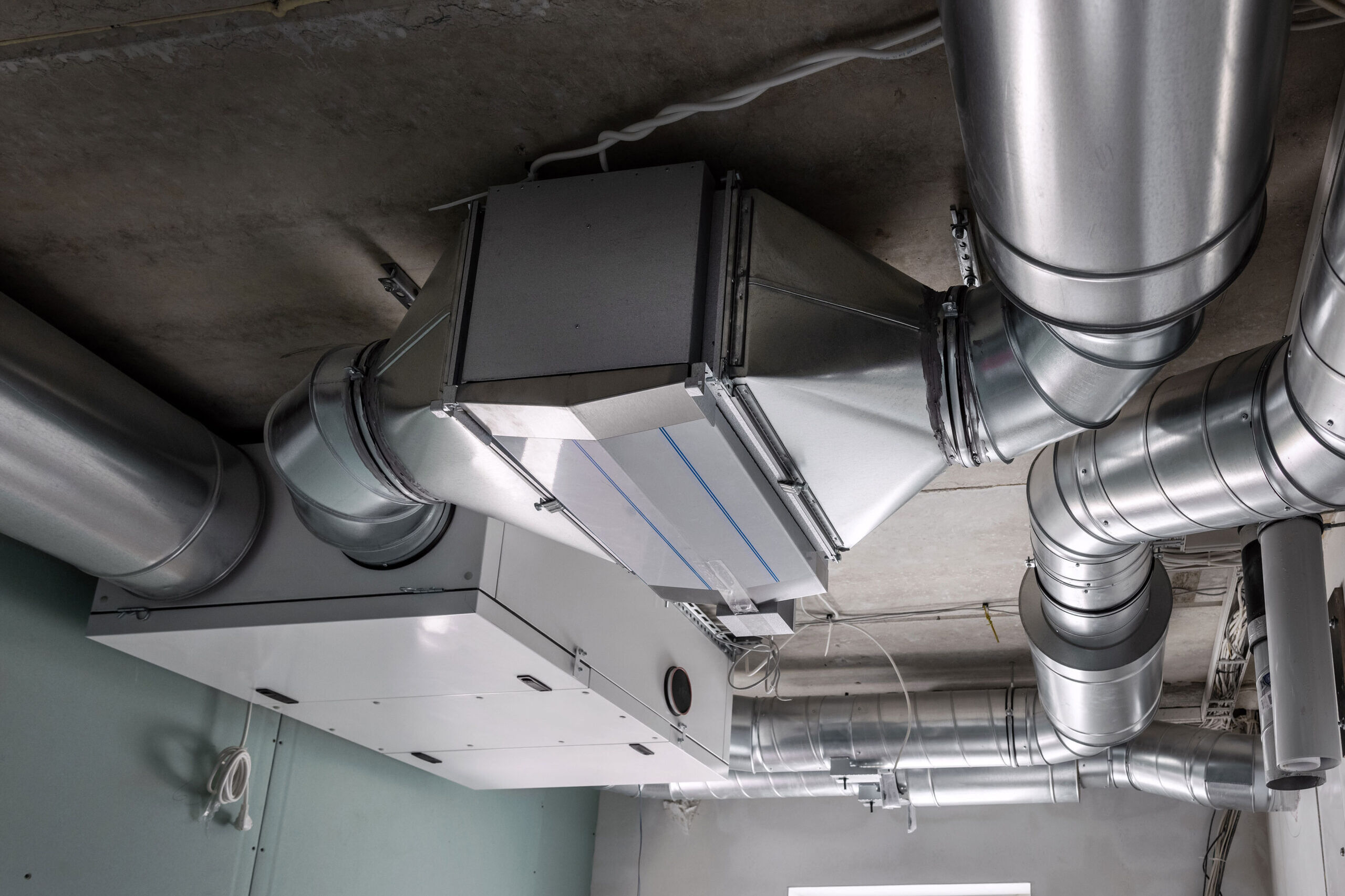
Energy Recovery Systems
Energy recovery systems are designed to save energy and reduce heating and cooling loads on an HVAC system. In the typical situation where no cross-contamination is required, a run-around loop is the system of choice. Read More
When added to the run-around loop, Maxwell® increases heat transfer at the exhaust fan recovery coil and air handler pre-heat / cool coil by 15% or more allowing the fluid pump to run on lower flow rate/power. Maxwell® offers significant heat transfer improvement, energy savings, carbon emissions reductions and improved equipment performance in energy recovery systems.
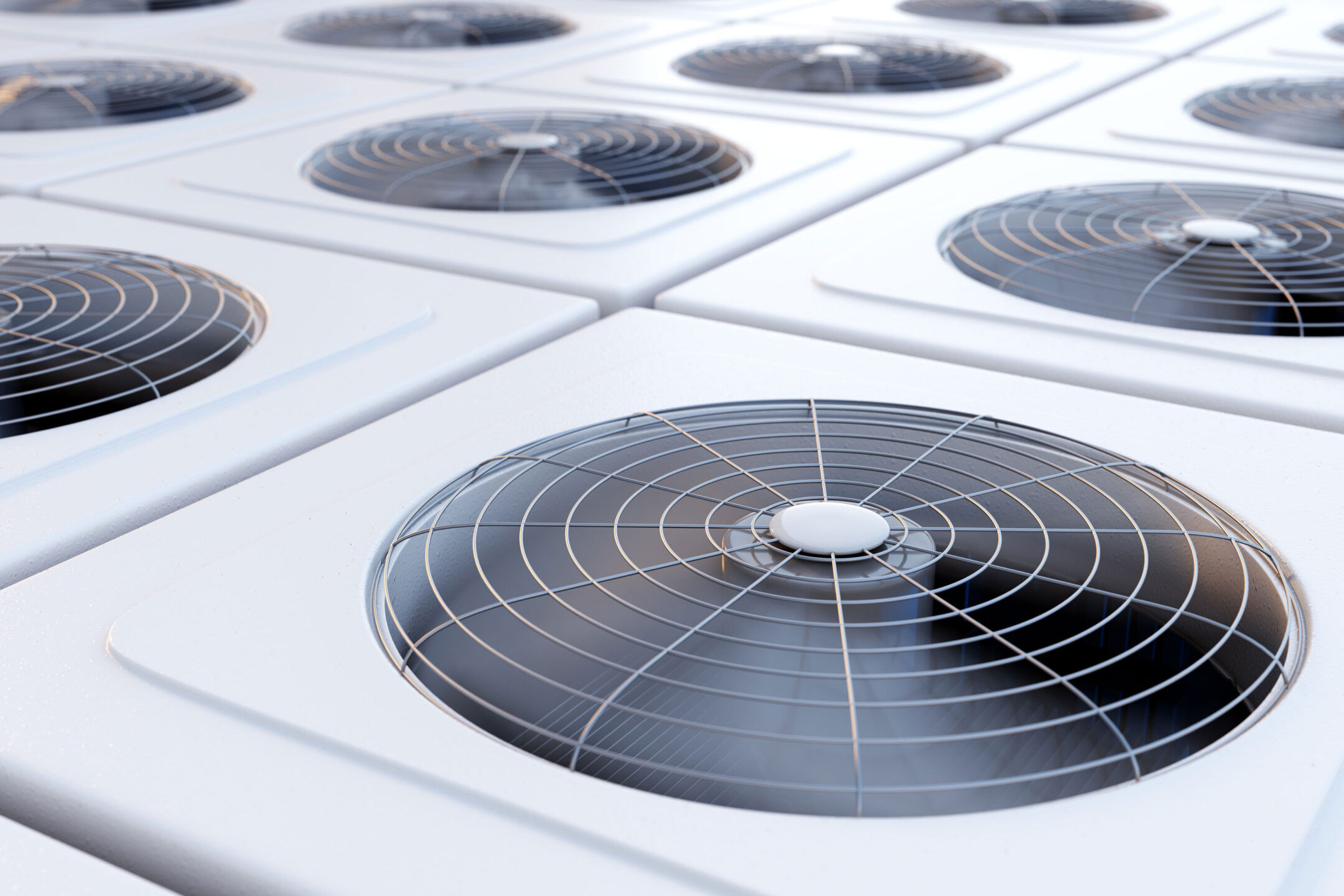
Pumps, Fans & Terminal Units
Maxwell® increases thermal energy transfer throughout the hydronic system. Fan coil and air handling units, system pumps and supply fans, can operate on lower power without compromising comfort.

